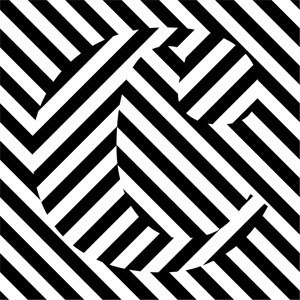Landscapes
Populating a publication of post-human thoughts with bacterial sceneries.
A collaboration with Estudi Bicoté for @CARN_de_CAP
CARN DE CAP is a yearly literary publication by escola bloom
For this issue #3, they asked 12 authors to think creatively about the imaginary and speculative landscape of posthumanism.
Contents:
Paraula de l’editor: Paisatges POSTHUMANS – Borja Bagunyà .
Paraula de l’editora: el futur serà avorrit – Míriam Cano.
Fedra (o els arxius) – Víctor García Tur.
Lo más parecido a la felicidad – Ana Llurba.
Dead home – Roc Herms.
Como una cabeza enloquecida vaciada de su contenido – Patricio Pron.
Un conte que no és per a tu – Irene Solà.
CODEX pOLYPHONIK – Max Besora.
Inmuno – Francisco Jota Pérez.
Nervios como arbustos de coral – Regina de Miguel.
El congrés de Palerm – Joan Benesiu.
Com el temps – Lucia Pietrelli.
Muntanya màgica – Aleix Plademunt + Borja Bagunyà.
To package such content, they invited Julia Francino and Maialen Arana from Estudi Bicoté to design the publication itself, (as they previously did for book #2 and book #1.)
Together with Bicoté we explored ways to involve some kind of AI in order to tell a story of post-humanism…
Some initial ideas included, creating a unique font for the magazine, machine-learning the texts and create a new piece….
Soon we put together the concept of bacteria, as a living organism the precedes humans and will outlive them.
Test 01: AI generated bacterias.
We gathered some hundreds of images of bacteria (and small things), and created a dataset of 1500 (by augmenting it via cropping, rotating and mirroring the original images).
I used Stylegan2 to train a model capable of generating novel images resembling the originals.
The results were beautiful, and the generated videos, mesmerising.
but there was a problem; the images looked too much like real bacterias, without an expert eye, the viewer might be confused to believe that those were actual images of bacteria.
It was challenging to tell the story of AI-generated bacteria with those images, because we’d have to spoon-feed the viewer into the concept, so that path was discarded.
Instead, we speculated with the concept of landscapes, as territories where possibilities and stories happen, and as permanent and permanently changing entities that existed before humans and will be present in a posthuman scenario.
Test 02: Breed bacterias in the wild
Exploring the concept of transfer-learning, (where a trained model is used to train a new one), I took an existing model of realistic landscape photographs and used it as the starting point for training a new model of bacteria.
During the early iterations of transfer-learning, the model takes features from its origins (landscapes) and tries to generate images resembling the new dataset (bacteria), the results are interesting in-betweens that neither look like landscapes nor like bacterias but have visual qualities of both.
I tried both ways:
landscape -> bacteria: somehow landscapes predominated and created imagery with the shape of bacteria grows that resembled satellite images.
bacteria -> landscape: it kept the textures and colors of the bacterias, but with the shape of mountains and valleys.
best results were obtained learning landscapes starting from the bacterial model.
Bacterial model trained with landscape dataset
Landscape model trained with bacteria dataset
This triggered the team and we ran a curatorial session to select the candidates from a pool of 2000 generated images.
Results:
With this material, Bicoté decided to spread it through the publication in a circle-shaped fashion resembling petri dishes.























